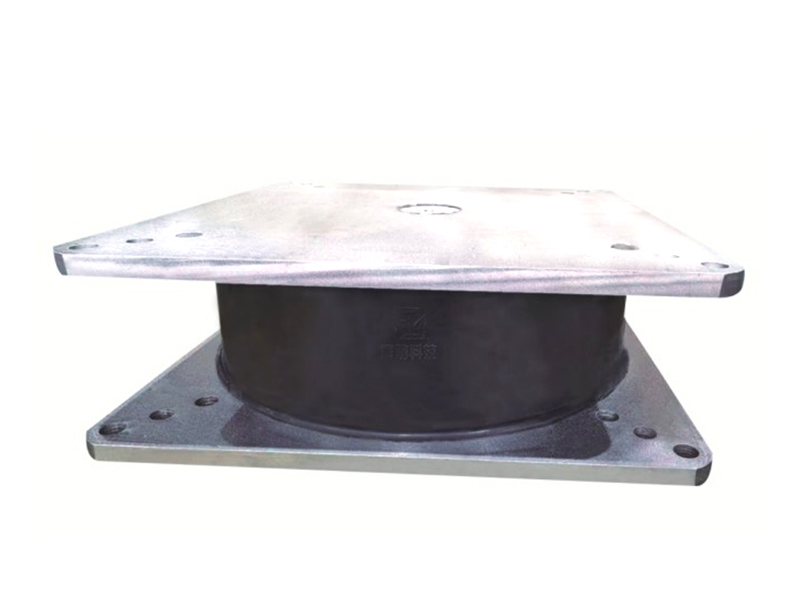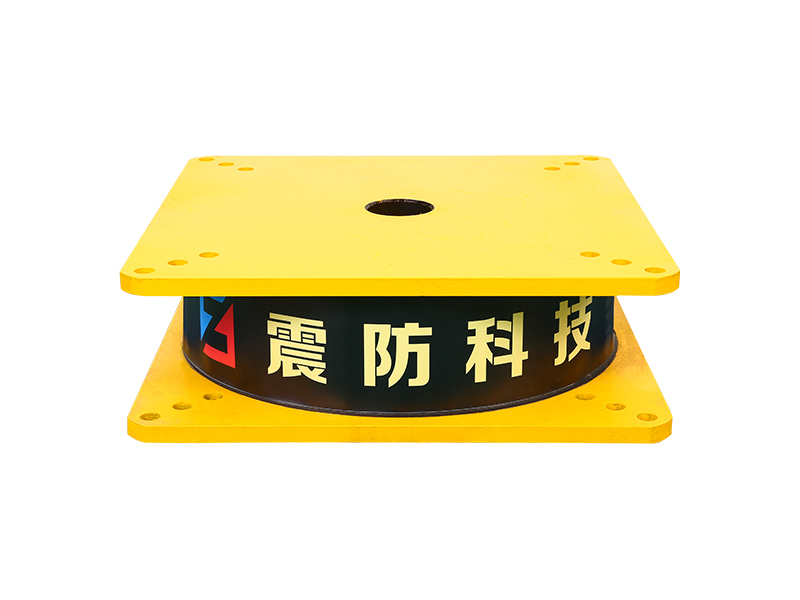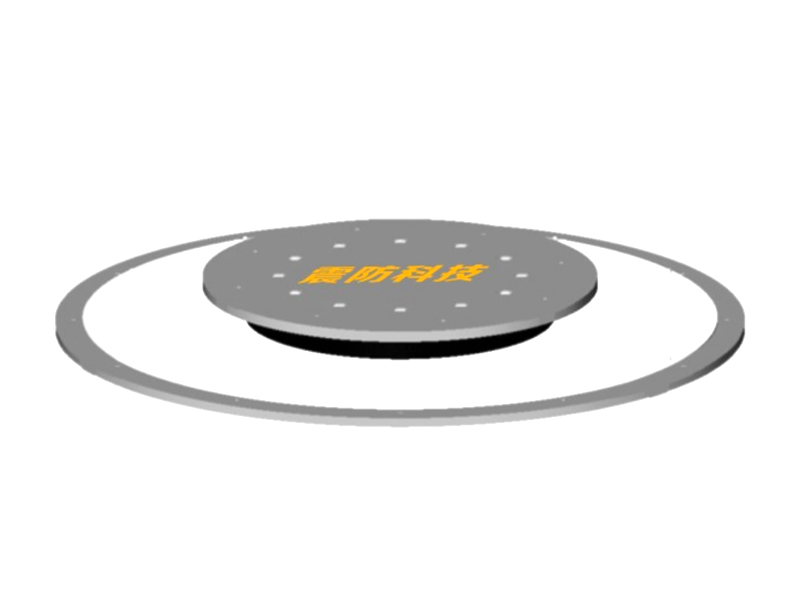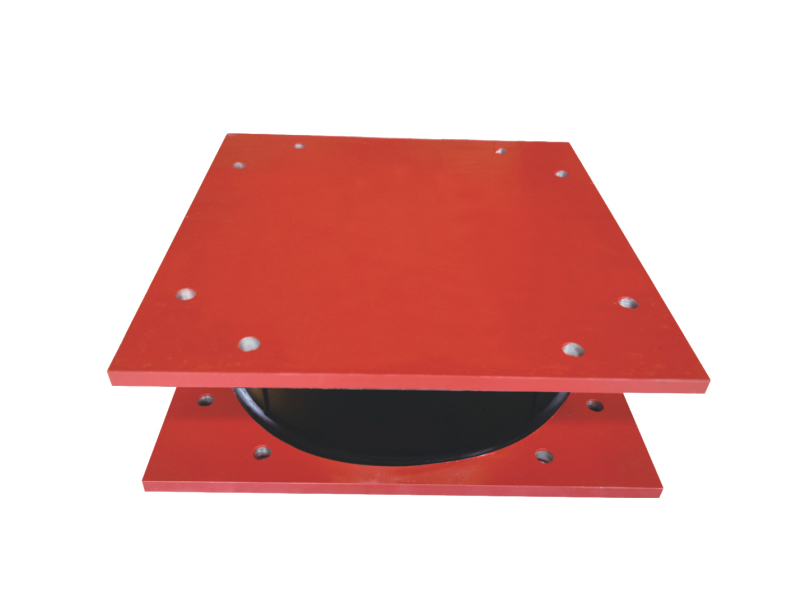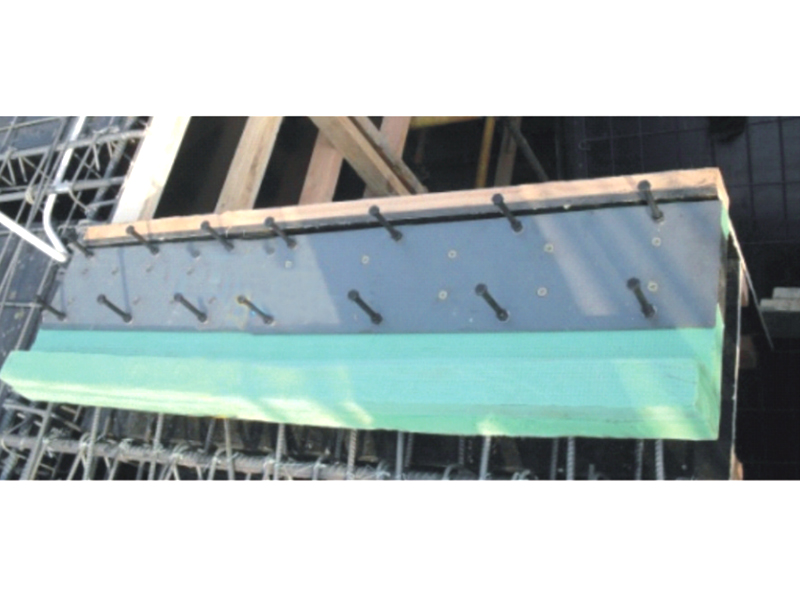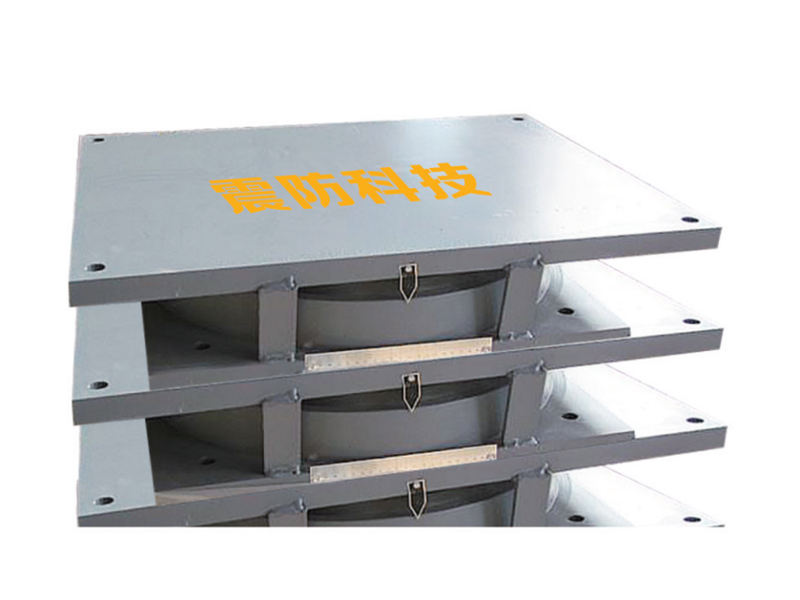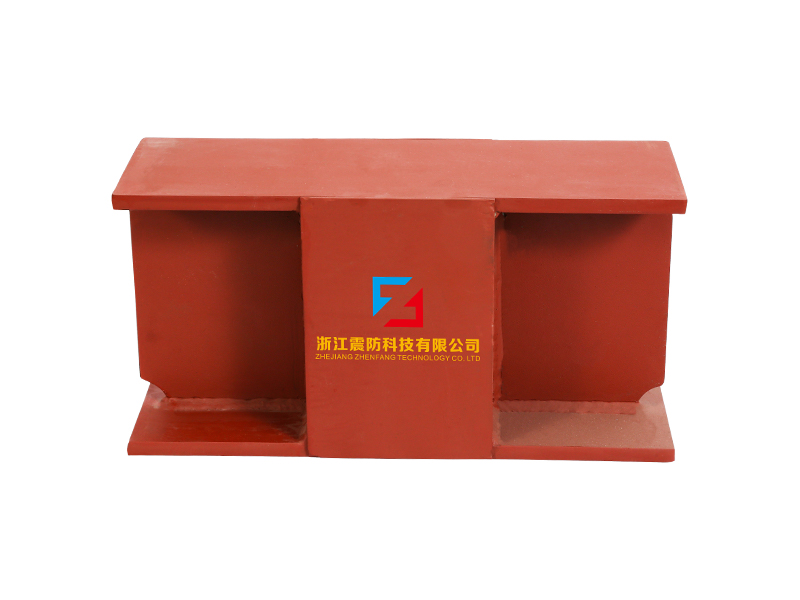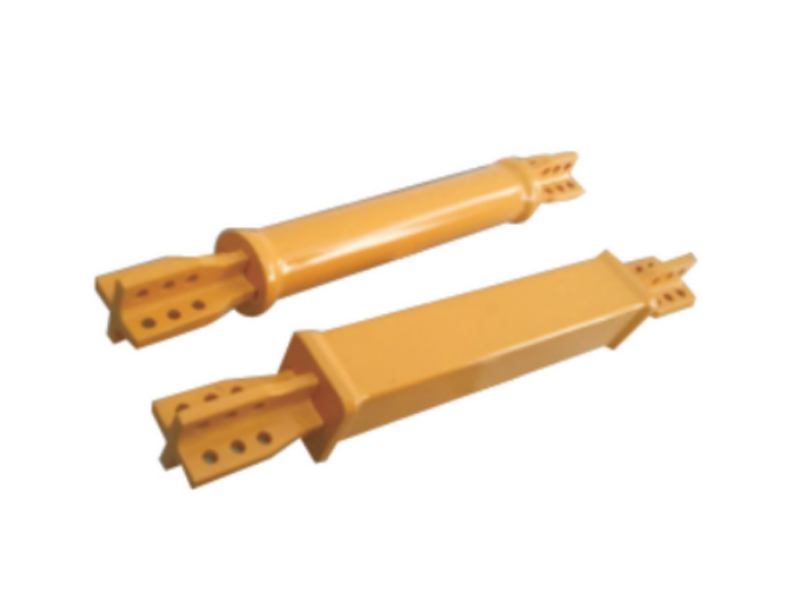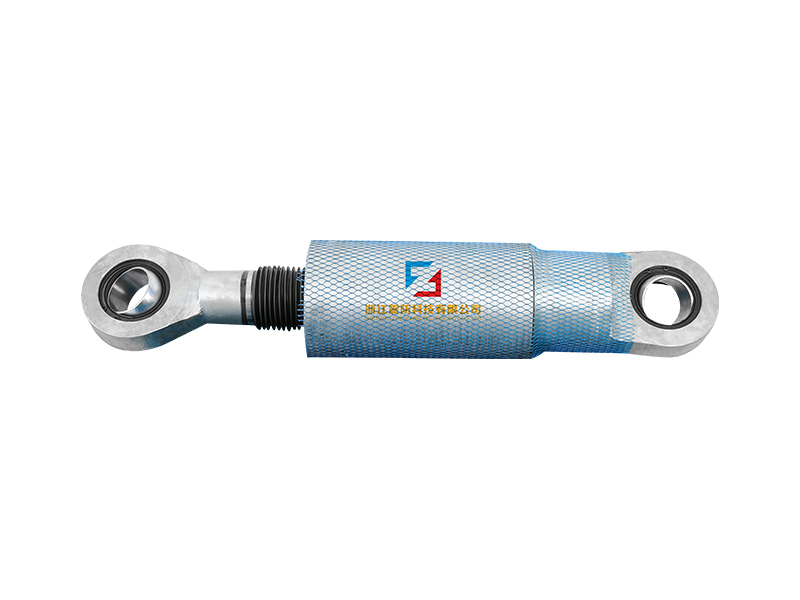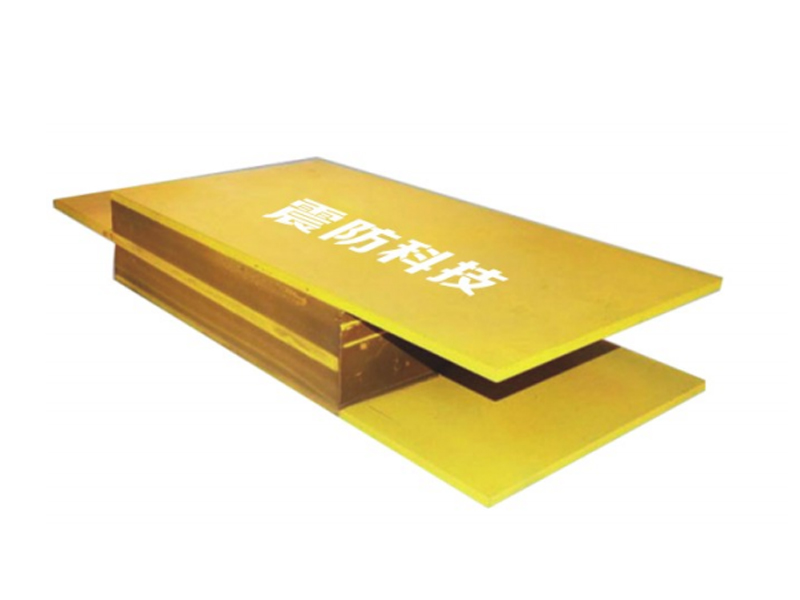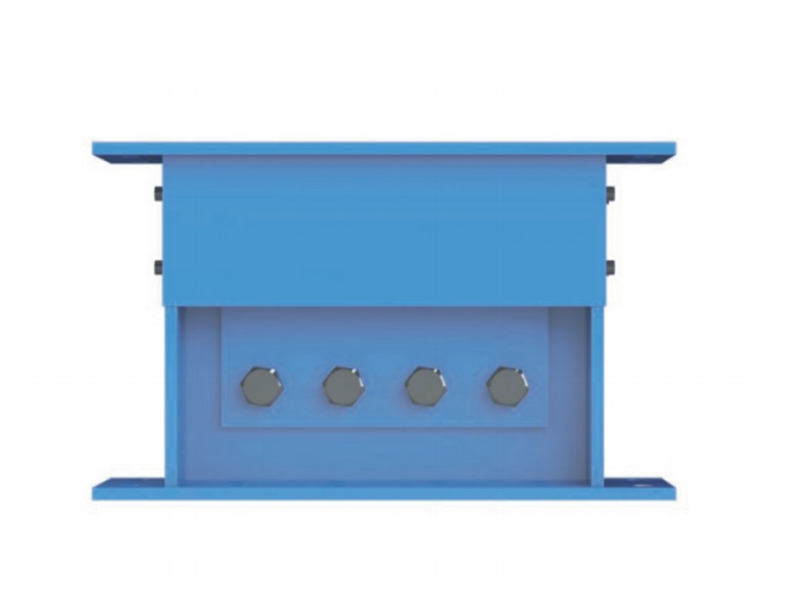A lead rubber bearing is a type of seismic damper. It works by converting kinetic energy from ground movement into heat energy. If a building undergoes an earthquake, it will be safe from absorbing this energy because the lead will be converted to heat energy by the bearing.
Optimum yield shear coefficient increases with increase of yield stiffness
The optimum yield shear coefficient (YSC) of a material can be calculated by using a creep/recovery test. This test is more sensitive and less destructive than other methods. The duration of the measurement is long enough to determine steady creep compliance. The measurement duration can also affect the accuracy of the yield values due to the thixotropic properties and shear history.
The elasticity of a material governed by its shear stiffness is important for seismic design of buildings, particularly low-rise squat piers of bridges. Crack stiffness influences the load distribution and plastic mechanisms within structures. Several models of crack stiffness are discussed. This paper provides a review of these models. Optimum yield shear coefficient increases with increase of yield stiffness
The elasticity of a structure depends on its yield stiffness. A greater yield stiffness increases the stiffness of a material. A stiffer material experiences greater elasticity. As the stiffness increases, it becomes stronger and stiffer. This means that it will be able to resist the tensile load applied. Moreover, stiffness increases with normal stress. The higher the normal stress, the stiffer the material.
While elasticity and strength are closely related, yield stiffness is more important than strength in the context of a structural member. A strong material can be stiff but not necessarily strong. The ultimate strength of a material, also known as Tensile Strength, is the maximum load that it can withstand without fracturing. A material's Ultimate Tensile Strength increases with increase of yield stiffness.
Optimum yield shear coefficient decreases with increase of yield stiffness
The effectiveness of the shear wall model is a function of yield stiffness and has been investigated extensively in the literature. Its main contributions are a modification of the USCD and the Miranda et al. columns. The authors also defined the full shear response envelope, incorporating both pre-emptive and flexure-shear failure. They verified the performance of their model using 26 shear wall specimens with ALR 0.06 in three dimensions.
The effect of post-yield stiffness on the yield stiffness of a structural member is analyzed using the equivalent damping method. This method is based on a study conducted at ATC72. In the study, the shear stiffness of a structure is determined by the ratio of the two mechanical properties, which is the strength and the stiffness. After saturation, the P-wave velocity and the residual displacement increase rapidly.
The post-yield stiffness ratio influences the nonlinear seismic response of SDOF systems. It is measured by the initial stiffness k0 and the post-yield stiffness ky. A post-yield stiffness ratio of g>0 indicates an ideal elasto-plastic model. The post-yield stiffness is measured using nonlinear time history analysis.
The effect of the RV on the optimal yield stiffness has a similar effect on the shear strain of the LV septum. The addition of RV does not overrule the effect. The other two models do not account for the effect of myofiber crossover. The resulting change in shear strain is higher than the experimental observations. The other models show more realistic shear strains during the isovolumic phase.
Optimum yield shear coefficient depends on hysteresis
Optimum yield shear coefficient (YSC) increases with increase in LRB's yield stiffness. The lead-core size should be selected to obtain the desired value of YSC. This parameter is also dependent on hysteresis. Hysteresis is a factor affecting the strength of a building's walls.
The hysteresis curve varies from linear to nonlinear. The linear shape of YSC is achieved because of a change in hysteresis. The hysteresis curve then changes from a narrow band to a full spindle. Both the hysteresis curve and the yield shear coefficient of the lead rubber bearing change. In a single cycle, the YSC of the bearing changes from 50% to 100%. In a subsequent cycle, the YSC becomes linear again.
When installing lead rubber bearings in a building, it is important to consider hysteresis. Hysteresis is a term used to describe the relationship between the force and displacement of a structure. It is related to the amount of displacement that is transferred from the bearing into the superstructure. Hysteresis also affects the hysteresis of a bearing's supplementary self-centering mechanism. If a building has a lot of displacement, the bearing will fail to stabilize itself.
The ultimate shear deformation of a rubber bearing with fixed end plates was between 300% and 400% of the thickness of the rubber layer. The shear deformation was concentrated on a fracture of the rubber layer. However, unilateral friction sliding showed a similar energy dissipation capacity to LRB, averaging 126% of LRB's maximum energy dissipation capacity in a single cycle. As the sliding distance increased, the dissipation energy also increased. Despite this, the bearings remained intact and were tested.
Optimum yield shear coefficient (YSC) is the highest possible level of resistance to earthquake motion. By increasing YSC, the LRB isolation system reduces the energy dissipation capacity, a decrease in the maximum base shear coefficient and an increase in peak top floor acceleration. The optimum yield shear coefficient depends on hysteresis, which is the amount of hysteresis a given lead rubber bearing exhibits.
A hybrid isolation system consists of Lead-Rubber Bearings, Flat Sliding Bearings, and a Rotation Fiction Damper. Its dynamic behavior is compared to that of a traditional foundation, using a hysteresis-based shear wall system. The results are compared against a 48-storey RC building in Beirut. It also compares the effects of hysteresis and other characteristics in real seismic events.
